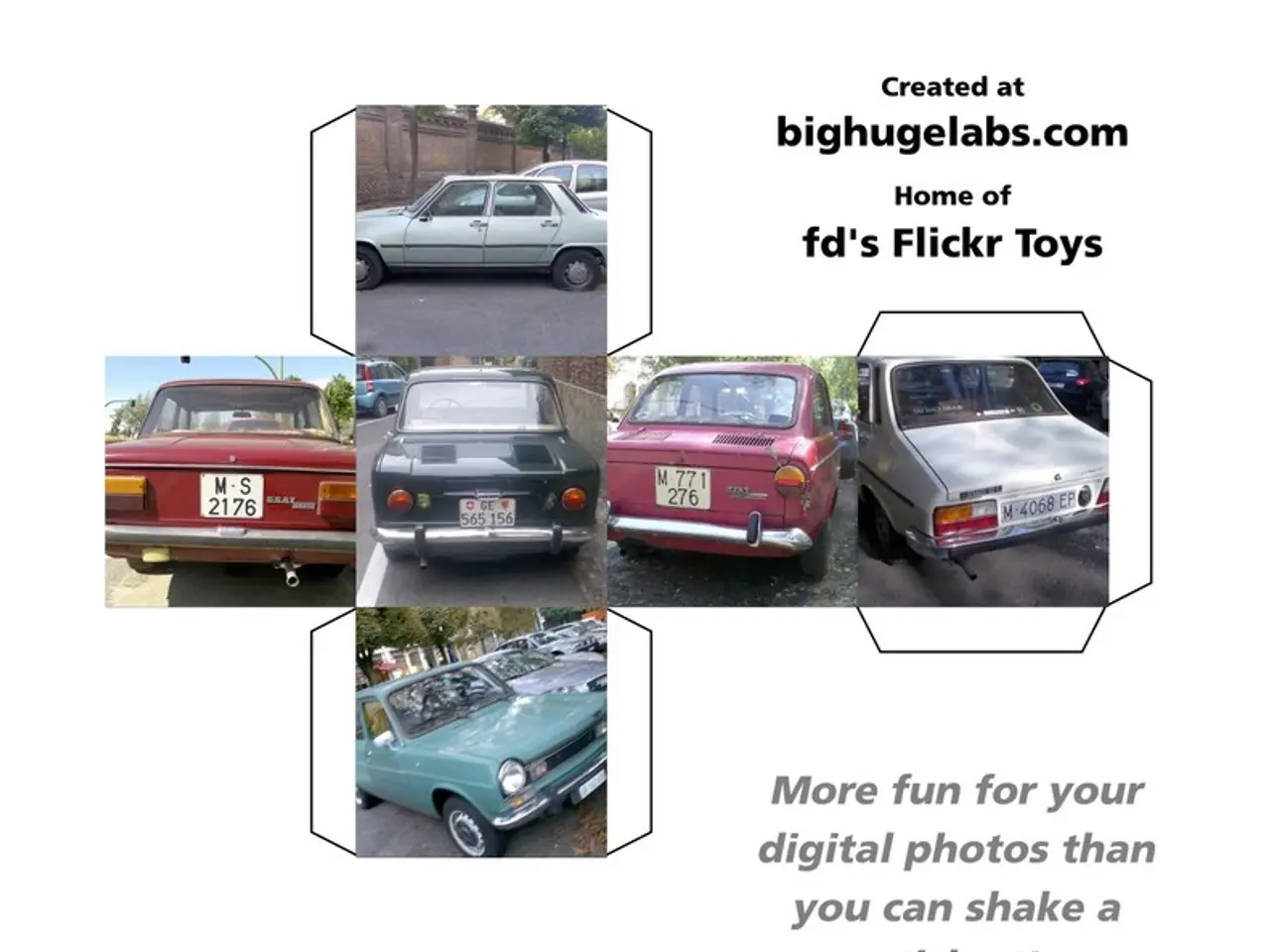Strategies for Crafting a Captivating Academic Presentation
In the world of research, presenting findings in a captivating and engaging manner is just as important as the findings themselves. Here's a guide on effectively transforming a research paper into a visual presentation, focusing on the principles of storytelling, defining the scope, and using graphics strategically.
Storytelling
A successful presentation begins with a compelling introduction that immediately grabs the audience's attention. This could be a surprising fact or a powerful statistic related to your research topic. Simplify complex ideas by breaking them down into digestible parts using analogies or everyday examples that resonate with your audience. Focus on the key messages or top three to four takeaways from your research and build your narrative around them to keep the story clear and memorable. Tailor the presentation style and content to the audience type to ensure the story connects effectively.
Scope
To avoid overwhelming the audience, narrow the presentation to cover the most important findings and points. Prioritize authoritative sources and essential facts that support your key messages, and exclude less critical information. Structure the presentation with a logical flow that highlights the research question, methodology, main results, and implications without extraneous data.
Use of Graphics
Replace walls of text with charts, infographics, timelines, and icons to visually highlight key insights and data, making them easier to understand and remember. Ensure visuals are clear, relevant, and not overly complicated, supporting rather than distracting from your message. Customize slide design with consistent colors, fonts, and backgrounds aligned to the presentation style to enhance professionalism and readability. Utilize tools or AI-powered services to convert sections of your paper into visually appealing slides, allowing you to focus on refining the narrative and visuals.
In summary, an effective transformation balances a clear and compelling narrative, focused content scope, and impactful visuals to engage and inform the audience confidently and professionally. Whether you're presenting to academics, the public, or children, remember that practice, feedback, and revision are the keys to a successful presentation. For more insight into research presentations, check out blog posts written by Emma and Ellie.
Focusing on the principles of storytelling, break down complex ideas about education-and-self-development and personal-growth into digestible parts for learning, using analogies or everyday examples that resonate with the audience.
Tailor the presentation style and content of your research findings on education-and-self-development and personal-growth, ensuring the story communicates effectively to the specific audience type, using logic, graphics, and a clear narrative for personal growth and learning.




